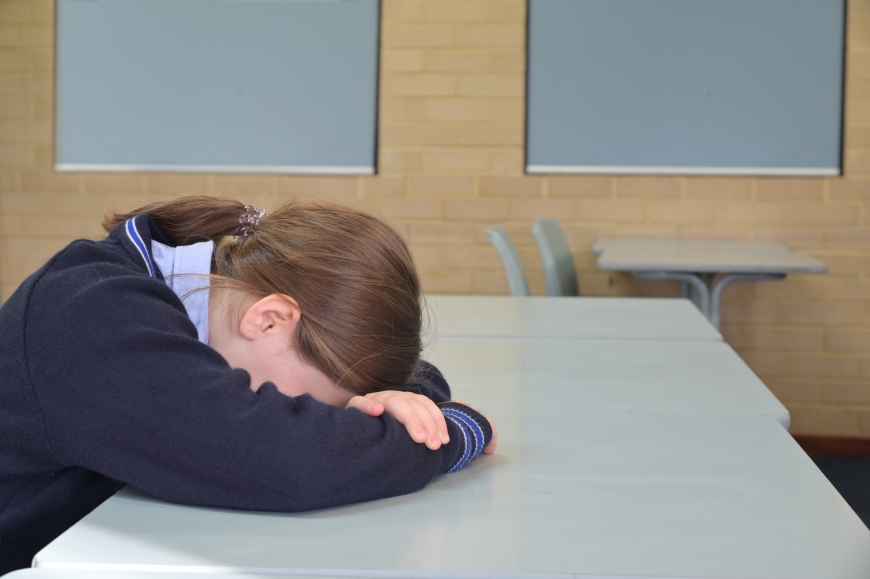Be a Supportive Bystander

If you are being bullied and need help please contact a support service.
If you know or see someone being bullied, it is important that you read this fact sheet to find out how to be a supportive bystander.
What is a bystander?
A bystander is someone who sees or knows about bullying or other forms of violence that is happening to someone else.
Bystanders can be either part of the bullying problem or an important part of the solution to stop bullying.
Bystanders can act in different ways when they see or know about bullying:
- Some bystanders take the side of the bully by laughing at the victim, encouraging the bully or by passing on text messages or messages on social media sites like Facebook and YouTube
- Some bystanders will give silent approval or encourage the bully by looking on
- Some bystanders may watch or know about the bullying but don’t do anything. They may not know what to do or are scared. This group of bystanders knows that bullying is not ok.
- Some bystanders will be supportive and take safe action to stop the bully, find help or support the victim
Supportive bystanders
Just as we have human rights we also have responsibilities to respect and protect the rights of others. A supportive bystander will take action to protect the rights of others.
A supportive bystander will use words and/or actions that can help someone who is being bullied.
If bystanders are confident to take safe and effective action to support victims then there is a greater possibility that bullying can stop and the person who is bullied can recover.
People respect those that stand up for others who are bullied but being a supportive bystander can be tough. Sometimes it is not easy to work out how to help safely because bullying happens in different ways and places such as online, at work or school.
How to be a supportive bystander
There is no one size fits all approach to being a supportive bystander. For supportive bystanders to take safe and effective action here are some suggestions:
- Make it clear to your friends that you won’t be involved in bullying behaviour
- Never stand by and watch or encourage bullying behaviour
- Do not harass, tease or spread gossip about others, this includes on social networking sites like Facebook
- Never forward on or respond to messages or photos that may be offensive or upsetting
- Support the person who is being bullied to ask for help e.g. go with them to a place they can get help or provide them with information about where to go for help
- Report it to someone in authority or someone you trust e.g. at school to a teacher, or a school counsellor; at work to a manager; if the bullying is serious, report it to the police; if the bullying occurs on Facebook, report it to Facebook.
Get help
If you have been bullied or witnessed others been bullied and need help contact:
- Kids Help Line (1800 55 1800) is a free and confidential, telephone counselling service for 5 to 25 year olds in Australia.
- Lifeline (13 11 14) is a free and confidential service staffed by trained telephone counsellors.
- The Australian Human Rights Commission (1300 656 419) has a complaint handling service that may investigate complaints of discrimination, harassment and bullying.
Further resources
- Think U Know conducts internet safety programs and provides advice for teachers, parents and carers.
- Bullying No Way provides support and information for school communities.
- Understand what Cyberbullying looks like, what to do and how to get help.
- Recognise Workplace Bullying, its impact and what you can do.
- Explore advice and resources on the Australian Human Rights Commission's Violence, Harassment and Bullying webpage.
- Be informed about Human Rights, their origins and the international human rights system.
This Violence, Harassment and Bullying fact sheet was developed in partnership with ReachOut.com, 2011
